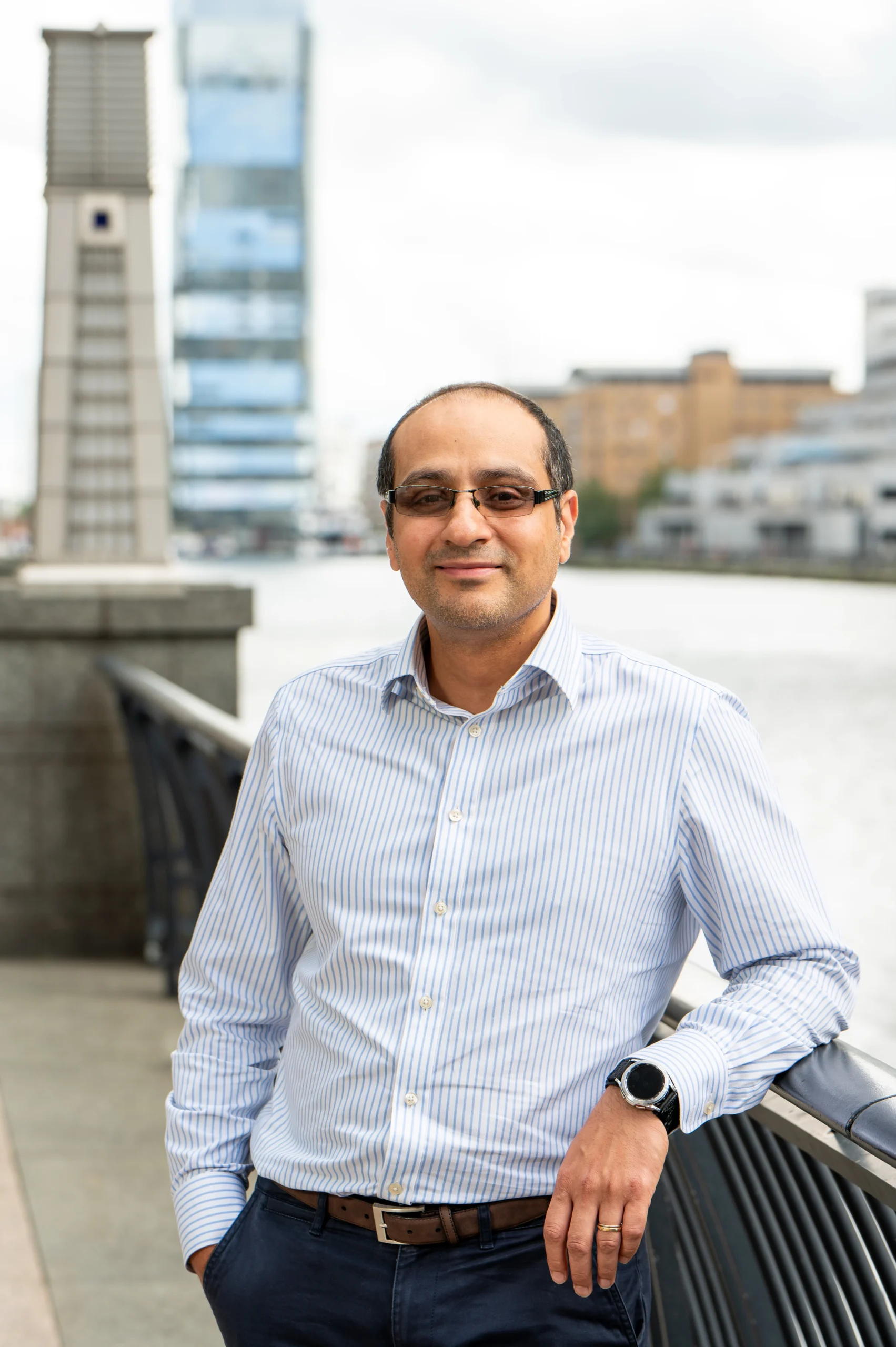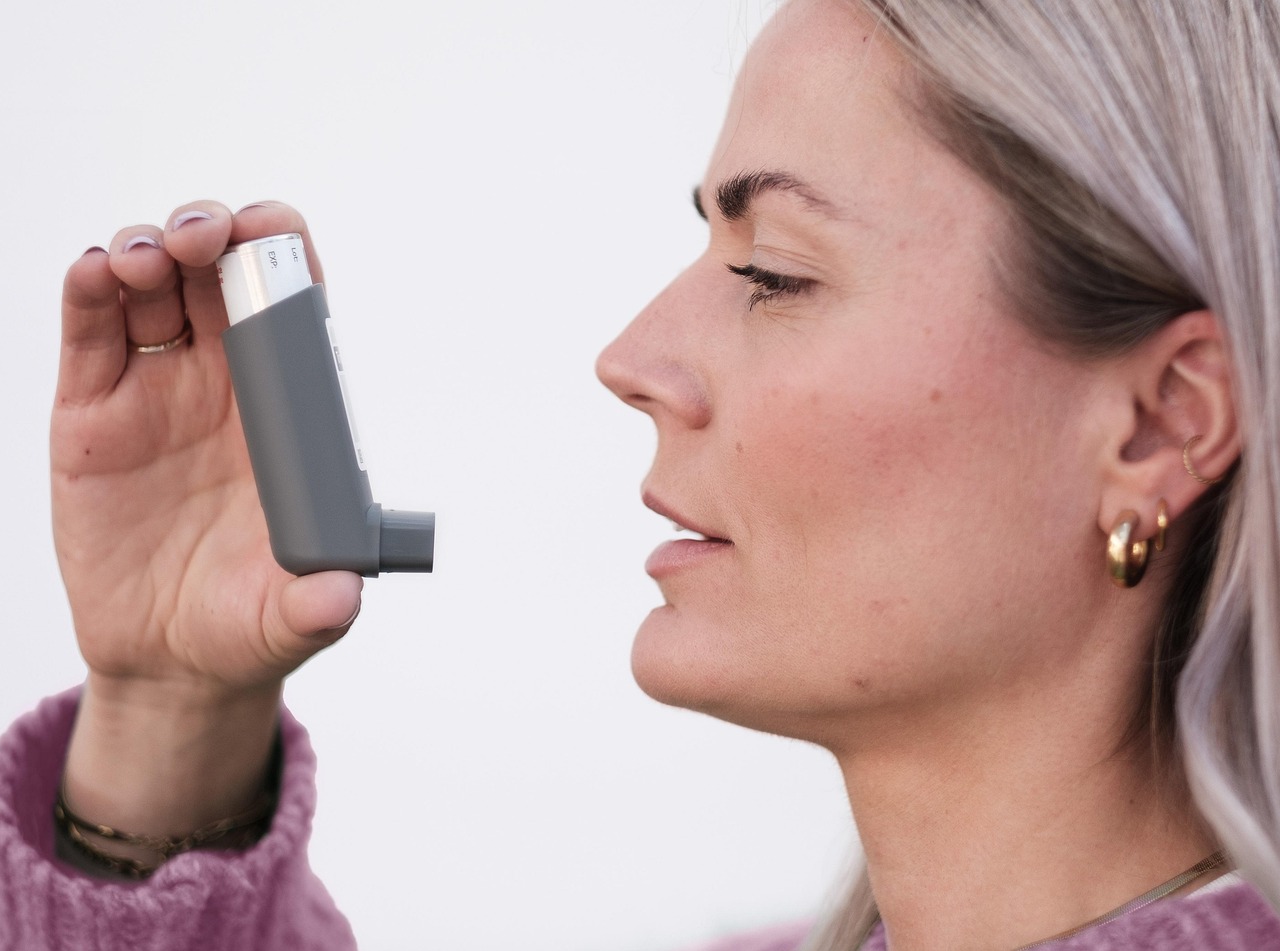When a pharmaceutical company wants to bring a new product to the market, they first need to evaluate the product through a series of clinical trials that consist of four main phases. These phases of clinical trials play an important part in determining the efficacy and safety of the intervention that they have created. It’s important to understand the role of each phase, the duration of each phase and where it fits into the entire process. In this article, you’ll learn more about the phases of clinical trials and what happens during each phase, which can help those looking to participate in clinical research understand what to expect.
What are clinical trial phases?
While clinical trials are incredibly important for the medical industry, they are strictly regulated. This helps to ensure the safety of people who decide to participate. To keep these trials in line with regulations, there are four main phases that they must go through.
These phases are sequential. They start out with a very small group of participants to ensure the researchers can get a general idea of the efficacy and side effects of different doses, as well as to establish the initial safety elements of the intervention. The trials get larger as they progress through each phase and continue even after the drug or medical device is approved by the MHRA. Trial phases are key to generating robust evidence that can support regulatory approval by the MHRA. This evidence can also later inform medical decision-making during patient treatment and further medical research.
phase 1 clinical trials
The first phase of a clinical trial plays an important role in providing researchers with preliminary data. The purpose of the trial is to provide preliminary data which can later inform subsequent phases of clinical development and also helps evaluate how safe a new intervention is before proceeding with a larger pool of participants. This phase mainly focuses on ensuring no serious adverse reactions are caused by the treatment, and to determine where and how it distributes within the body.
Phase 1 clinical trials will have fewer than 100 participants and these are healthy volunteers. Apart from understanding the safety of the intervention, this phase also focuses on determining the optimal dose. This initial phase of the clinical trial lays the foundation for the upcoming trials.
phase 2 clinical trials
If the phase 1 clinical trial indicates that the intervention is safe, then the study usually continues into the second phase. Phase 2 focuses on increasing the number of participants and involves those who have the target condition.
Phase 2 continues to evaluate the drug’s safety and potential for side effects. During this phase, there is significant focus on determining how effective the drug or intervention is in treating the target condition. The researchers and clinical staff members who are involved in the study will collect data that will help determine whether the clinical trial should proceed to the third phase.
Phase 2 trials generally involve multiple groups. One group may receive the new drug that’s being researched, while others use placebos or existing interventions. When the data is compared, and the new drug shows greater potential, it’s presented to the MHRA. This helps the research team get approval to advance to the next phase of the study.
phase 3 clinical trials
By the third phase of the clinical trial, a comprehensive amount of data has been collected thanks to the larger pool of participants involved in phase 2. After the drug has been tested on several hundred participants with the target condition, the next phase needs to consider the long-term effectiveness and safety of the drug.
Phase 3 clinical trials will usually have a much larger pool of participants, sometimes reaching numbers as high as 3,000. In addition to considering the long-term effects of the intervention, many of these trials will also compare the drug or medical device to any currently available interventions.
Randomised, controlled clinical trials are very common during this phase. This involves the participants being assigned to random groups. Some groups will receive the intervention that’s being studied, while others will receive a placebo or an alternate intervention. All the results are collected with data integrity in mind and ultimately compared to each other.
This data is presented to the MHRA when the pharmaceutical company is seeking approval for the intervention.
phase 4 clinical trials
Phase four only happens after the MHRA has approved the intervention and it has become available to the public. All other clinical trial phases must have been successful at this point. The goal of phase 4 clinical trials is to collect data regarding the “real world” usage of the intervention.
This trial typically takes place over the course of many years and includes thousands of participants. It gives the researchers an opportunity to determine the long-term effectiveness of the drug while they are also able to monitor the long-term safety of the intervention.
Researchers may use questionnaires and surveys to evaluate the experience of people who have used the new drug once it’s available to the public. Clinical records can also be useful to see how the drug affects people long-term and compare possible side-effects to the standards that were previously in place.
By continuing to monitor the participants’ response to the intervention, researchers are able to pick up any side effects that were missed during the initial trials. This data is valuable to healthcare providers, hospitals and medical facilities, as they can use the collected information from phase 4 trials to drive better decision-making in the future.
How long do clinical trials take?
Clinical trials take a significant amount of time, as the researchers behind these trials need to carefully assess the progress of participants, record data and make alterations as necessary. This ensures the accuracy of the data that they collect during these trials. Many people want to know: how long do clinical trials take?
At FluCamp, most of the clinical trials that we conduct lasts between 11 and 14 days. However, it’s important to understand that the duration depends on a number of factors, including the objective of the study, the phase of the clinical trial, the design, how many people are participating and the regulations that need to be followed.
There are cases where these clinical trials can go on for months or even years.
Here’s an overview of the average duration of clinical trial phases:
- Phase 1: Usually lasts from a few days to a couple of months.
- Phase 2: Can last a couple of months but sometimes goes on for up to two years.
- Phase 3: This phase of a clinical trial will usually last from one to four years, depending on the design of the study and other factors.
- Phase 4: These studies are much longer and tend to take place over several years.
Even though it takes a long time for some of these phases to be completed, participants will often only have to check in on specified dates. It’s also important to understand that the time the researchers and participants spend on these clinical trials makes a big difference in the medical industry. If you are interested in participating in a clinical trial, you can find out more information regarding the duration of a specific clinical trial from healthcare professionals or trial coordinators.
What next?
Clinical trials are conducted in four phases. The number of participants starts out small and gradually increases throughout the phases. Each phase is important and has its own unique role to play in ensuring the intervention is both safe and effective. If you want to learn more about clinical trial safety or how you can participate, then FluCamp has all the information and resources you need. Get in touch with FluCamp to learn more about clinical trials and how you can contribute.
















